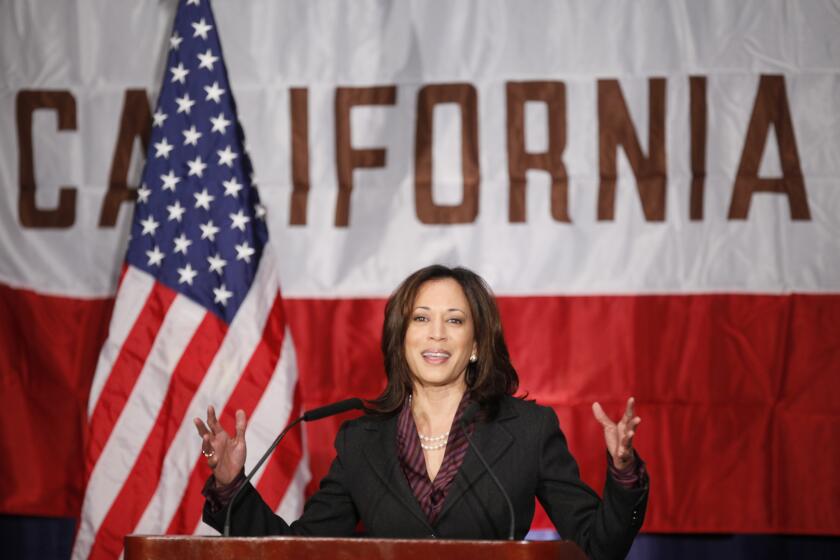Venmo used to be just for paying friends. Now you can use it to pay for White Castle
Mobile payment apps are easy ways for people to send money to each other — digital replacements for the cash used to pay back a friend for beers or the $50 birthday check to your granddaughter.
But some peer-to-peer, or p2p, payment systems are looking beyond payments between friends and family, hoping to replace other types of transactions too. That includes payments to online merchants, disbursements from insurance companies and perhaps even paychecks.
Last year, Venmo expanded beyond its peer-to-peer roots and started allowing users to make purchases through the apps of a handful of online merchants.
For the payments app, which is owned by PayPal, the move into retail payments is a potential money maker. Individual users don’t pay to send or receive most payments, but businesses that accept Venmo pay a fee for each transaction.
For that fee, businesses get access to one of Venmo’s unique features: its social network.
When Venmo users transfer money to friends, they write messages — often in emoji form — indicating what the payment is for. Pizza, beer, rent. Those messages, if users opt in, can be seen by other Venmo users.
The same is true of Venmo’s new Pay with Venmo feature. If a user buys dinner through the food delivery service Munchery, that’s noted in the Venmo feed.
In its pitch to businesses, Venmo makes that case that by accepting Venmo as a payment option, merchants can “stand out by offering a new social currency to a mobile-first audience” and “generate exposure for your brand when users share their purchases on the Venmo feed.”
So far, Venmo has targeted what spokesman Josh Criscoe called “more social merchants” — ones whose goods or services are likely to be shared and paid for by a group. That includes Munchery, sports ticket seller Gametime and post-bar hamburger staple White Castle.
As Venmo moves into merchant payments, banks are moving in the opposite direction, pitching their peer-to-peer payment systems as a way for big businesses to send money to their customers or even employees.
Bank of America has been offering the service to its corporate clients since 2014. Dean Henry, managing director of global payments at Bank of America, said he thinks more companies will be interested as Zelle, a peer-to-peer payment network owned by Bank of America and other big financial institutions, rolls out this summer.
Zelle is essentially an expansion of an older bank payment network and will allow any U.S. bank account holder to send or receive near-instant payments from other account holder using only a phone number or email address.
As Zelle rolls out and more bank customers register for the system, it should make it easier for companies to disburse money to their customers.
“As more and more people register, that makes the process go more quickly,” said Lynn Cirrincione, director of treasury and planning at insurance company Allstate, which has offered digital payments to policyholders through Bank of America’s system since 2015.
For Allstate and other companies that send payments to customers, digital payment systems can save time and money. The other options are paper checks, which are expensive to process and invite fraud, and older types of electronic payments, which require customers to provide their bank account and routing number — information they may not be able to find and that Allstate would rather not collect.
“From a compliance standpoint, it’s fantastic,” Cirrincione said. “Now we don’t have to have any of their banking information.”
Follow me: @jrkoren
More to Read
Inside the business of entertainment
The Wide Shot brings you news, analysis and insights on everything from streaming wars to production — and what it all means for the future.
You may occasionally receive promotional content from the Los Angeles Times.











